Facilities
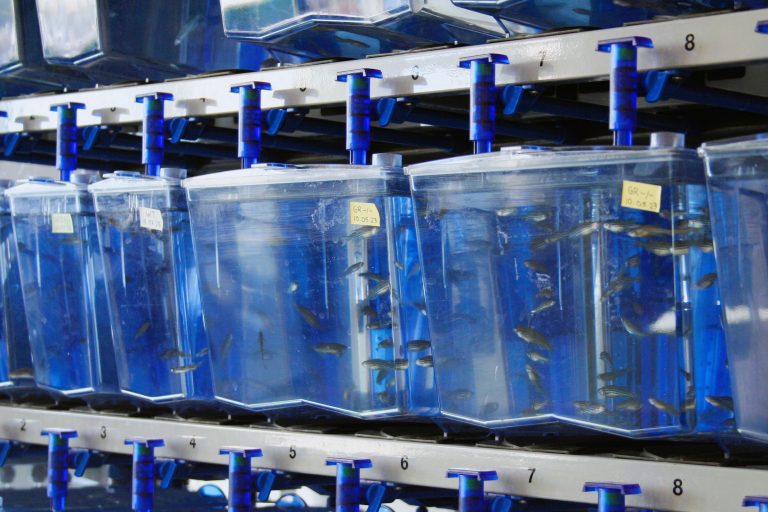

Experimental Facilities
The Fish Physiology Laboratory is equipped with state-of-the-art infrastructure to provide education, training and research on adaptation physiology, stress biology and welfare of fish species.

Zebrafish Unit
The Zebrafish Unit is capable of housing up to 5,000 adult zebrafish. The zebrafish housing system was installed by Techniplast. It is equipped with a reverse osmosis water purification system, control box which automatically monitors pH, conductivity, temperature, water level and water renewal. Water treatment unit includes fine mechanical filter, carbon filtration and high UV disinfection, as well as pre-filtration and biological filtration at rack level. It is composed of:
– Quarantine aquaria,
– Broodstock aquaria,
– Spawning systems (pair breeding, small groups or large groups),
– Climate chamber for egg incubation and larval rearing,
– Rearing racks (housing system) and
– Brine shrimp hatcher.
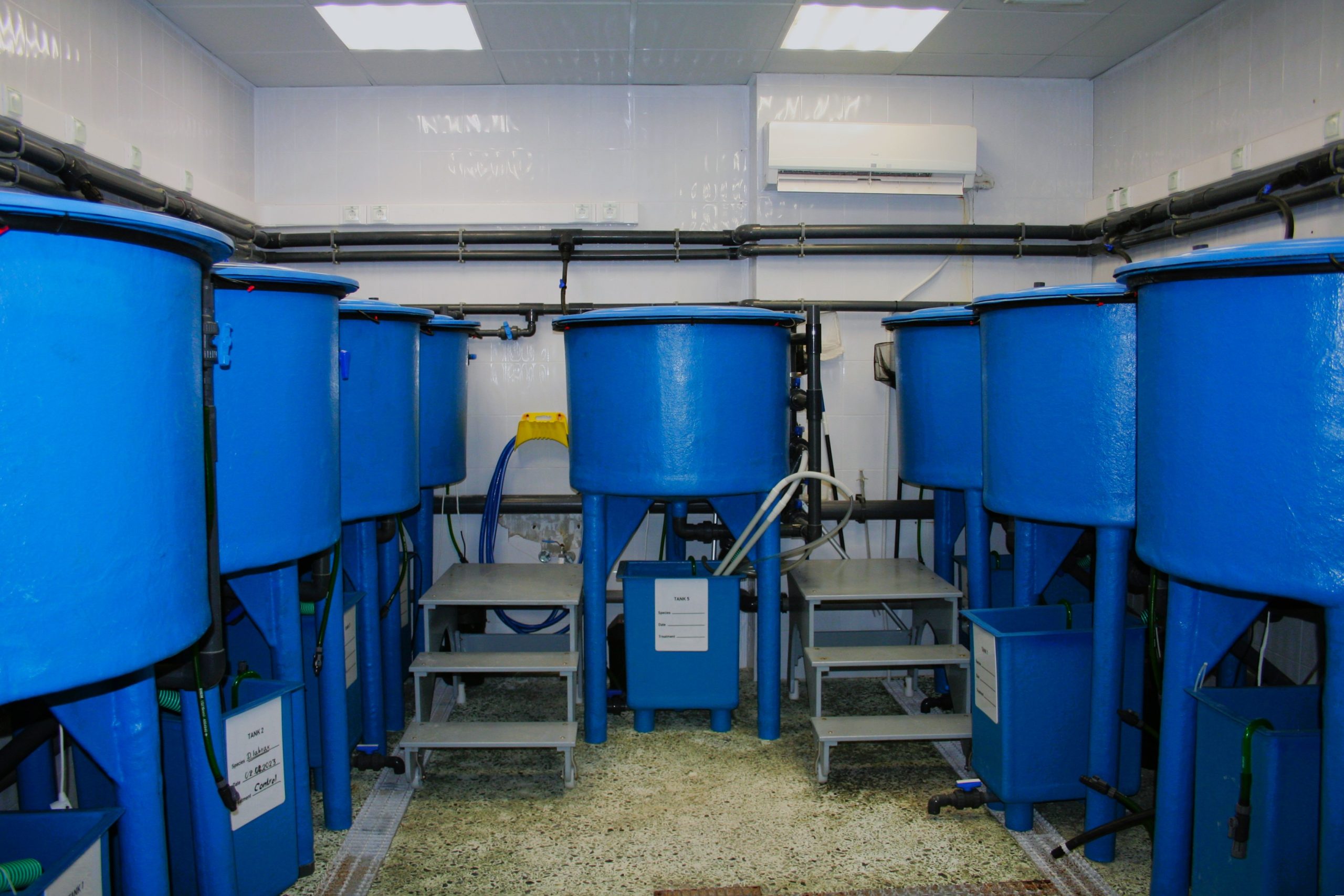
Marine Fish Unit
The Marine Fish Unit is part of the Animal House Facilities at the Dept. of Biology, UoC, licensed by the local authorities to conduct research on fish physiology, stress and welfare. It is also designed to run microbial challenge tests to improve disease diagnosis and treatment.
The Unit consists of a Recirculating Aquaculture System (culture volume 5,000 l, with capacity of 1 exchange per hour) consisted of:
– A fiberglass tank (90 cm L x 70 cm W x 165 cm H), equipped with UV (intensity 180 – 200 mj/cm2), biological filter and mechanical filters (suspended and dissolved solids removal), water pumps, air blower with filter and silencer,
– 9 x 400 L tanks; internal colour light blue; dimensions: 90 cm internal diameter (3mm wall thickness), 70cm (tank depth with 5% slight conical bottom), 165 cm total height of tanks.
– Water chiller aquarium cooling machines,
– Aquarium heaters,
– Photoperiod controllers,
– Separate pumping and filtering system for each respective tank (close water circulation system).

Behavioural Unit
The Behavioural Unit is equipped with homemade customized devices and state-of-the-art software for analysis and characterisation of behavioural syndromes and anxiety-like behaviour in larvae and adult fish.
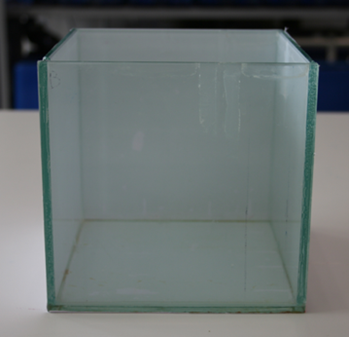
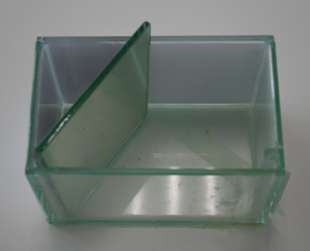

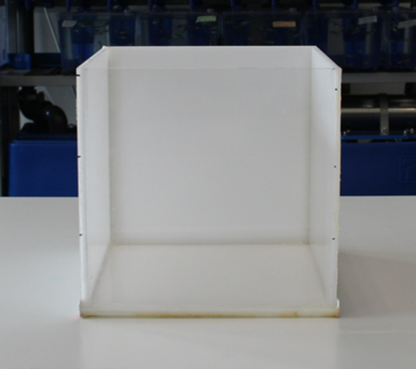


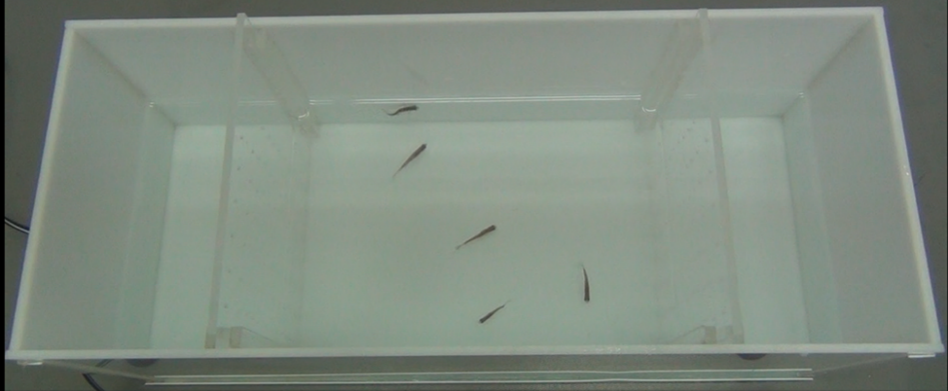
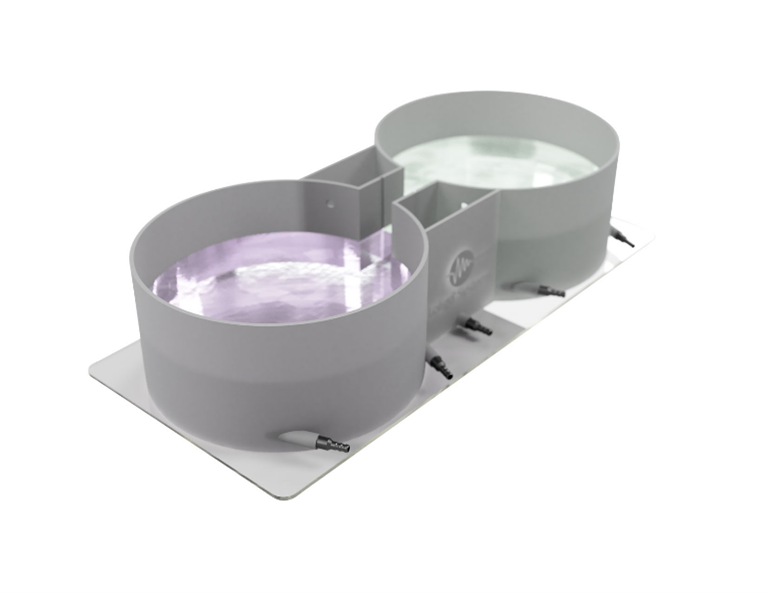
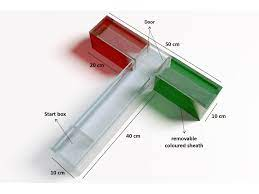
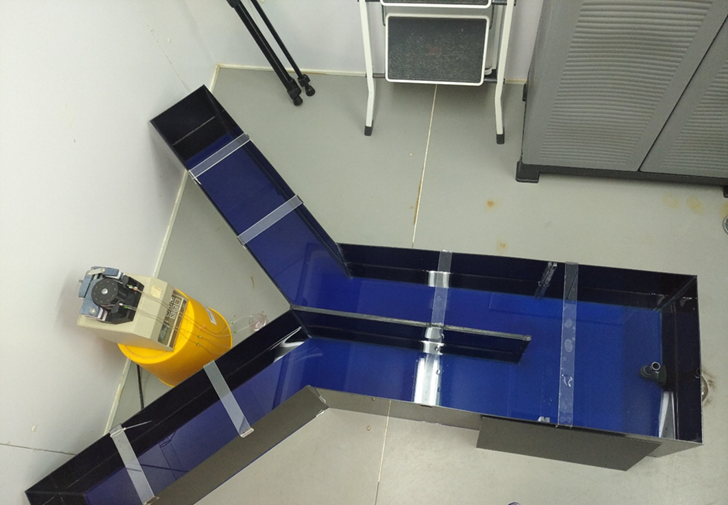
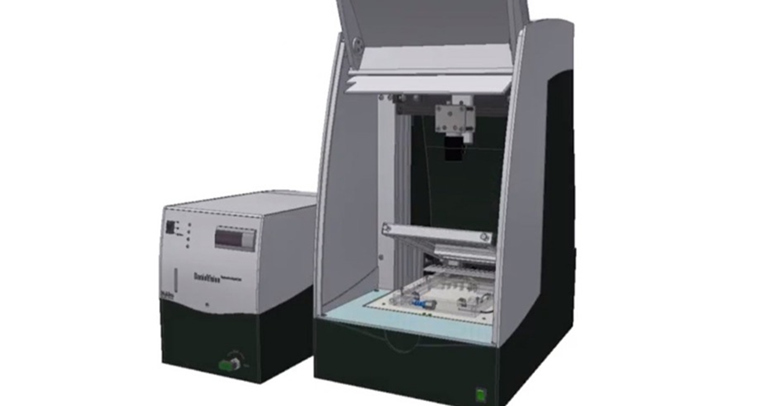

Respiratory Unit
- 4-channel/4-chamber resting respirometry systems for freshwater and full-strength seawater fish,
- Fully automated computerized intermittent flow respirometry,
- AutoResp™ 3 software for Windows 11,
- Real-time oxygen consumption rate measurements and analysis
- Many different chamber sizes and volumes.
 The microplate system is a simple high-throughput system measuring individual respiration in zebrafish embryos and larvae, based on a 24-channel optical fluorescence oxygen reading device. Individual organisms are placed inside gas-tight 80-1700 µl glass chambers sealed with an oxygen impermeable PCR film for real-time oxygen consumption rate measurements. Each chamber is fitted with a non-invasive and re-usable oxygen sensor spot for dynamic fluorescence quenching oxygen sensing. The entire setup is placed inside a flow-through water bath and a circulating bath, for temperature control. A transparent self-adhesive sealing film is applied on top of the microplate to seal all 24 chambers in one go.
The microplate system is a simple high-throughput system measuring individual respiration in zebrafish embryos and larvae, based on a 24-channel optical fluorescence oxygen reading device. Individual organisms are placed inside gas-tight 80-1700 µl glass chambers sealed with an oxygen impermeable PCR film for real-time oxygen consumption rate measurements. Each chamber is fitted with a non-invasive and re-usable oxygen sensor spot for dynamic fluorescence quenching oxygen sensing. The entire setup is placed inside a flow-through water bath and a circulating bath, for temperature control. A transparent self-adhesive sealing film is applied on top of the microplate to seal all 24 chambers in one go.
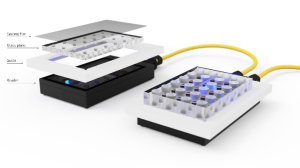

Analytical Laboratory
A facility for running routine molecular and biochemical analysis of blood, tissues, eggs and whole-body larvae samples from various fish species. The Lab performs:
- Molecular determinations
- Haematology tests (Hct, Hb, complete blood counts and blood smears)
- Clinical biochemistry tests (glucose, glycogen, lactate, lipids, total proteins, albumin, electrolytes, osmolality)
- Enzymatic tests to assess tissues’ function and antioxidant capacity
- Hormonal tests (Cortisol, ACTH, thyroid hormenes, GH, IGFs, gonadal steroids)
The Analytical lab is also equipped with a microinjection facility for genome engineering in zebrafish, using the CRISPR/Cas9 gene-editing technology.
